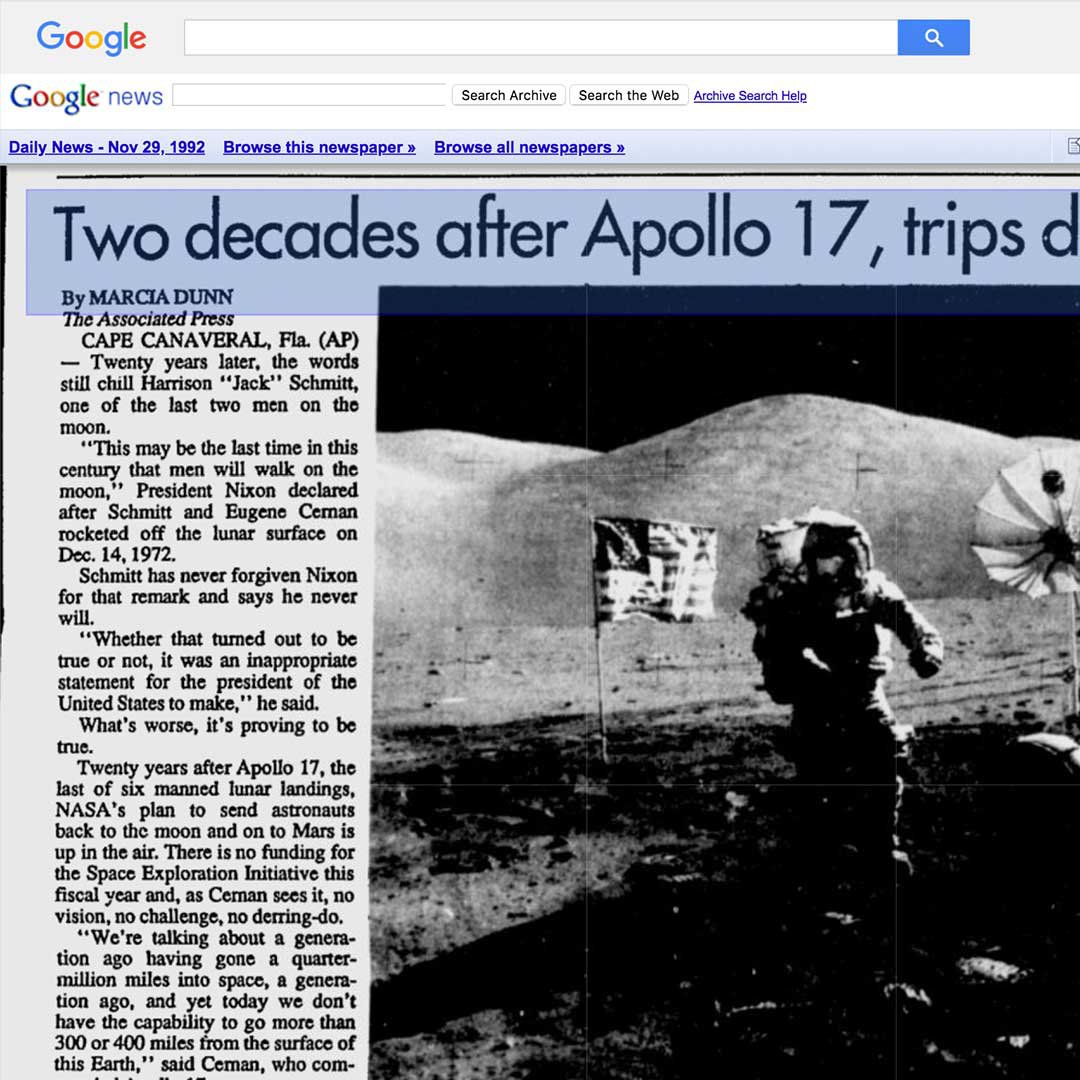How News Articles can Save You Time, Stress, and Money.
How News Articles can Save You Time, Stress, and Money.
Blog Article
What Does News Articles Mean?
Table of ContentsThe 45-Second Trick For News ArticlesNews Articles for BeginnersNews Articles Things To Know Before You BuyThe 5-Minute Rule for News ArticlesHow News Articles can Save You Time, Stress, and Money.
Good expertise of different subjects provides students an affordable edge over their peers. Also though digital and social networks are easily easily accessible, we ought to not fail to remember how essential it is to review the papers. Parents need to try and inculcate the routine of reading a newspaper as a day-to-day routine to continue the legacy of the adored print medium.Information tales also have a minimum of among the following crucial features about the designated target market: distance, importance, timeliness, human rate of interest, oddity, or repercussion. The associated term journalese is often utilized, generally pejoratively, to refer to news-style writing. Another is headlinese. Newspapers usually abide by an expository writing design.
Within these restrictions, news tales likewise aim to be extensive. Amongst the larger and more recognized papers, fairness and equilibrium is a significant element in providing info.
Papers with a worldwide audience, as an example, have a tendency to use a much more official design of writing. The particular options made by an information electrical outlet's editor or editorial board are usually collected in a design overview; common style guides consist of the and the US News Design Book. The major goals of information writing can be summed up by the ABCs of journalism: accuracy, brevity, and clearness.
Unknown Facts About News Articles
As a rule, reporters will not utilize a lengthy word when a short one will do. News writers attempt to prevent utilizing the same word a lot more than as soon as in a paragraph (often called an "echo" or "word mirror").
Nonetheless, headlines occasionally omit the subject (e.g., "Leaps From Watercraft, Catches in Wheel") or verb (e.g., "Pet cat female fortunate"). A subhead (likewise subhed, sub-headline, subheading, subtitle, deck or dek) can be either a subservient title under the main heading, or the heading of a subsection of the article. It is a heading that comes before the major message, or a team of paragraphs of the primary text.

Additional billboards of any see here now of these types might show up later in the post (specifically on subsequent pages) to entice further analysis. Such signboards are also used as pointers to the article in various other areas of the magazine or site, or as advertisements for the piece in other publication or sites. Normal structure with title, lead paragraph (summary in bold), various other paragraphs (details) and call details.

Instance of a hard-lead paragraph NASA is recommending another area job. The budget plan demands around $10 billion for the project.
The NASA news came as the agency requested $10 billion of appropriations for the project. An "off-lead" is the second crucial front web page information of the day. The off-lead shows up either in the leading left edge, or straight below the lead on the right. To "hide the lead" is to begin the article with history details or details of second importance to more helpful hints the readers, forcing them to read even more deeply right into a write-up than they ought to have to in order to find the vital factors.
Not known Details About News Articles
Usual use is that one or 2 sentences each form their very own paragraph. Reporters normally describe the organization or structure of an information tale as an upside down pyramid. The vital and most interesting elements of a tale are put at the beginning, with sustaining info adhering to in order of lessening value.
It permits people to check out a subject to only the deepness that their curiosity takes them, and without the imposition of details or nuances that they might take into consideration irrelevant, yet still making that information readily available to much more interested readers. The upside down pyramid framework likewise allows articles to be trimmed to any kind of approximate length throughout layout, to fit in the room readily available.
Some writers start their stories with the "1-2-3 lead", yet there are many kinds of lead readily available. A twist can refer to numerous points: The last tale in the news program; a "delighted" tale to end the program.
Longer articles, such as publication cover articles and the items that lead the within sections of a paper, are recognized as. Attribute stories vary from straight news in a number of ways.
The 25-Second Trick For News Articles
The reporter often details interactions with meeting subjects, making the item extra personal. A feature's very first paragraphs usually associate a fascinating moment or event, as in an "unscientific lead". From the details of an individual or episode, its view rapidly expands over at this website to generalizations concerning the story's subject. The section that signifies what a function has to do with is called the or billboard.

The Editor's Toolbox: A Reference Guide for Beginners and Professionals (2001) Allan M. Siegal and William G. Connolly. The New York Times Manual of Design and Usage: The Official Style Overview Made Use Of by the Writers and Editors of the World's A lot of Authoritative Paper (2002) M. L. Stein, Susan Paterno, and R.
Report this page